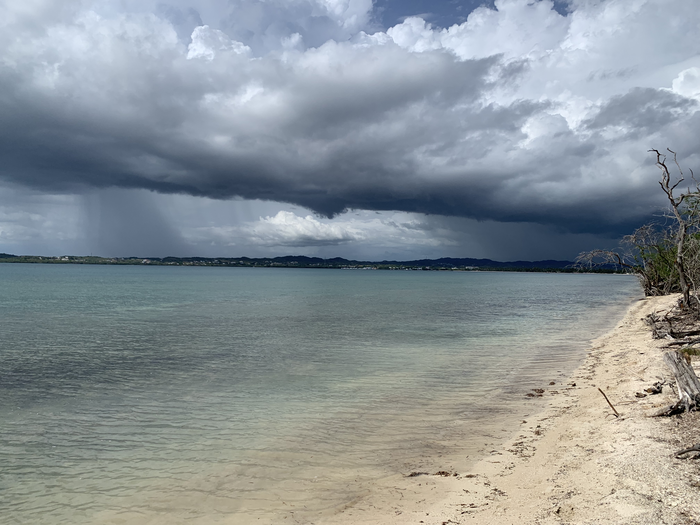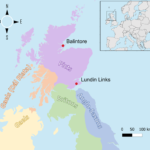Study of the oldest human remains — the so-called “Archaic” or “Pre-Arawak” people — from Puerto Rico reveals a complex cultural landscape since 1800BC.
Persistent burial practices over many centuries challenge simplistic assumptions about ancient culture.
The earliest inhabitants of Puerto Rico might have used common burial sites and mortuary practices across many centuries, according to a study published April 26, 2023, in the open-access journal PLOS ONE by William J. Pestle of the University of Miami, Florida and colleagues.
Puerto Rico was inhabited by people for several thousand years prior to the Ceramic Age, but little is known about these earliest inhabitants — the so-called “Archaic” or “Pre-Arawak” people — due to a paucity of evidence and research, with only 20 ancient individuals reported from this time period. In this study, Pestle and colleagues describe five adult individuals from burials at the Ortiz site in Cabo Rojo, southwestern Puerto Rico, representing a substantial addition to archaeological information about this time period.
Radiocarbon dating of the remains yielded ages as old as 1800BC and as young as 800BC, thus including the oldest directly dated human remains from Puerto Rico and representing as much as 1,000 years of burials at the Ortiz site.
Accordin to the new research,
Study of these previously unpublished remains, which represent a 20–25% increase in the sample size of remains attributed to the period, provides many critical insights into earliest Puerto Rican lifeways, including aspects of mortuary practice, paleodiet, and possibly even social organization.
The mortuary practices, including the positioning of the bodies and the associated grave goods, are similar to other early sites, indicating standard burial practices over many centuries. In addition, Strontium isotope analysis also indicates that these buried individuals were born in different nearby geographical locales. Thus, the Ortiz site might have held cultural significance as a common mortuary space for various local communities.
The authors caution that it is difficult to draw broad conclusions from limited evidence, but these results hint at a long history of persistent and formalized use of a common site over centuries. The earliest inhabitants of Puerto Rico have been traditionally interpreted in a simplistic fashion, but the results from this study and hopefully future studies shed light on what was likely a more vibrant and varied cultural landscape than previously appreciated.
The authors add: “This study assiduously documents the oldest dated burials from the island of Puerto Rico and provides detailed scientific and cultural insights into the lives of some of the earliest people to inhabit that island. We hope that this work contributes to the ongoing re-framing of our understanding of the deep past of Puerto Rico and the Caribbean.”

Bibliographic information:
Press release from the Public Library of Science.


